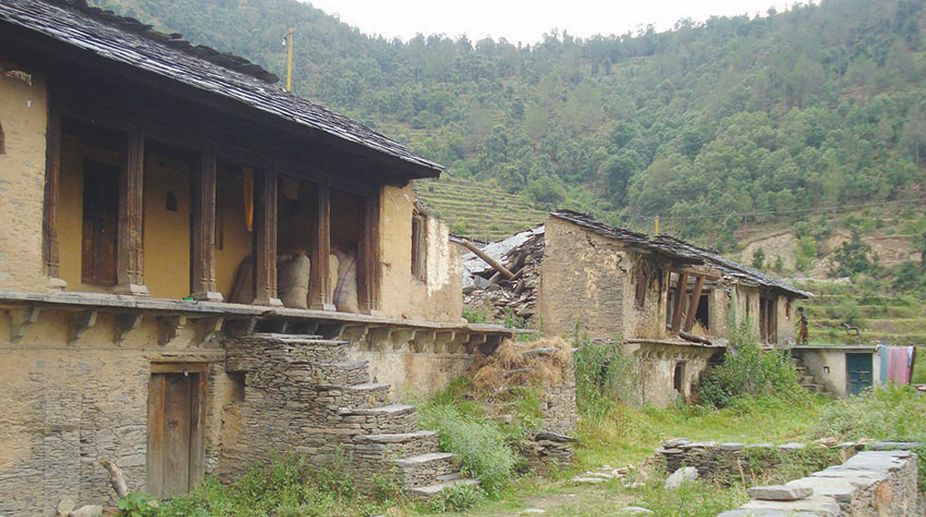Initiative to detect active TB cases in UP and Uttarakhand
The initiative is undertaken by the Institute of Heart and Lung Diseases (IHLD) in collaboration with Krafton India.

A dilapidated house in a migration hit village in Tehri. (Photo: SNS)
The report of the Uttarakhand Rural Development and Migration Commission on migration presents an alarming situation in the hill state. Highlanders have moved to the plains in large numbers for greener pastures.
A total of 1.18 lakh people have permanently abandoned their ancestral village in the past ten years to settle in new locations.
A total of 3,946 village Panchayats remain badly affected by mass migration. Even in the other 6,338 village Panchayats, over 3.83 lakh people have migrated but continue to maintain some links with their villages.
Advertisement
The Uttarakhand Rural Development and Migration Commission released its report on migration in Dehradun on Saturday. Releasing the report, Uttarakhand Rural Development and Migration Commission’s vice president S S Negi said, “We started the survey in October last year. People migrated for better job opportunities, medical facilities, education and due to absence of infrastructure.”
The survey has brought a vital fact to light about hill farmers. The report said that due to attacks by wild animals and low yields, many farmers were forced to abandon their native villages.
It is estimated that 5.61 per cent villagers were forced to move out after facing heavy losses in agriculture, with wild animals regularly damaging their crops. Altogether 5.44 per cent decided to migrated due to low yield in agri fields.
Mass migration has turned 734 villages into ghost villages. The population of 565 villages has been reduced by half from 2011. Among the 13 districts, the condition of Pauri, Almora and Tehri is the worst.
The situation of the two hill districts is shocking. According to the Census of India, the population of Pauri and Almora has registered a decline from 2001 to 2011.
Advertisement